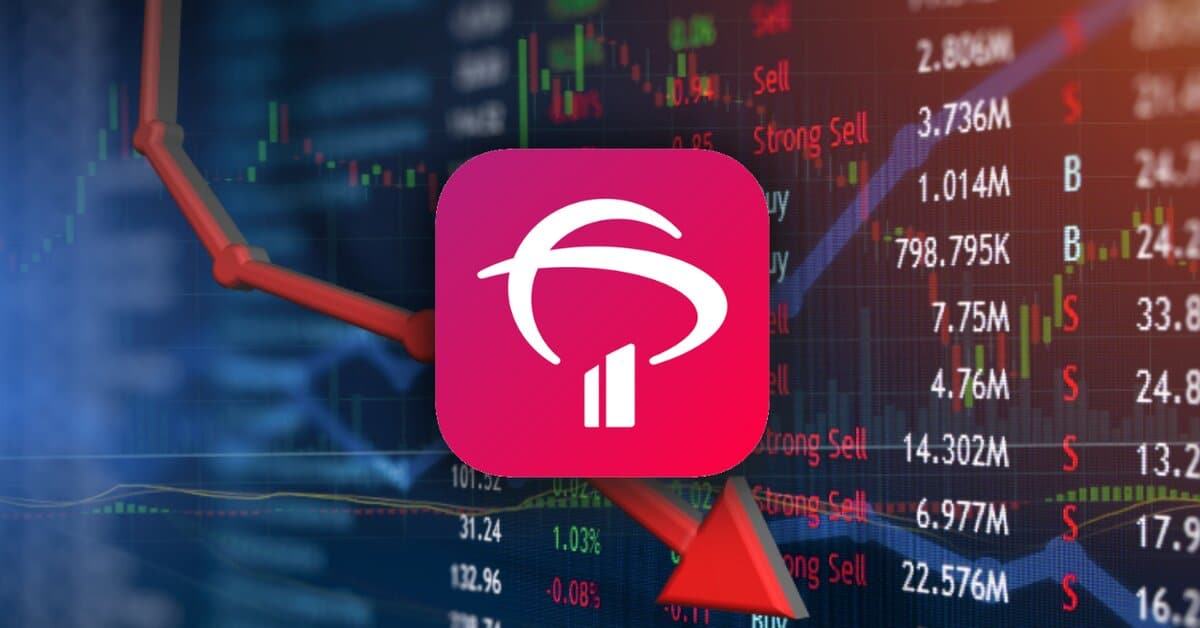In the third quarter of 2023, Bradesco reported net recurring profits of R$4,621 billion, representing a decrease of 11.5% compared to the same period of the previous year. Net accounting profit also followed the same trend, with a decrease of 11.3%, reaching R$4.621 billion. These results coincide with the averages forecast by LSEG, which expected a profit of R$4.68 billion.
The total credit portfolio amounted to R$877.5 billion, remaining almost unchanged compared to the third quarter of 2022, with a minimum negative variance of 0.01%. This performance was lower than the bank’s estimates, which expected an increase of 1 to 5% in the total loans granted.
Defaults on the rise: Which sectors are most affected?

Data for the third quarter showed an increase in default cases (delays of more than 90 days), as their percentage increased from 5.6%, an increase of 1.7 percentage points in 12 months, despite a decrease of 0.1 point compared to the second quarter. Small and medium enterprises have the highest default rate, at 7.2%, while individuals have a default rate of 6.6%. Among larger companies, default rates rose from 0.1% to 0.6% in a one-year period.
In response to the increase in defaults, Bradesco incurred expenses of R$9.2 billion with provisions for doubtful debts (PDD) in the third quarter, an increase of 26.4% compared to the same period last year. In the year to September, PDD totaled R$29 billion, an increase of 66.6%. However, Bradesco’s results report highlights that, compared to the second quarter, there was a 10.9% reduction in these expenses, indicating that newer loans are of better quality.
Despite the challenges related to the quality of the credit portfolio, Bradesco has a positive point, which is the increase in revenues from the services provided. This total amounts to R$9.1 billion in this quarter, representing an increase of 2.9% compared to the same period last year. Moreover, revenue from card income amounted to R$3.7 billion, although those related to the current account decreased by 9.5%, to R$1.7 billion.
With a decrease of 2.5% in the year-on-year comparison, the bank’s financial margin reached R$15.859 billion. Return on average shareholders’ equity was 11.3%, representing a decrease of 1.7 percentage points compared to the third quarter of last year.

“Hardcore beer fanatic. Falls down a lot. Professional coffee fan. Music ninja.”






More Stories
Sabesp Receives Brazil Innovation Value Award 2024 • PortalR3
Total formal job creation reached 201.7 thousand in June, up 29.6% | Economy
10,000 Brazilian Reals are waiting for you at Nubank? Find out who can get this money!